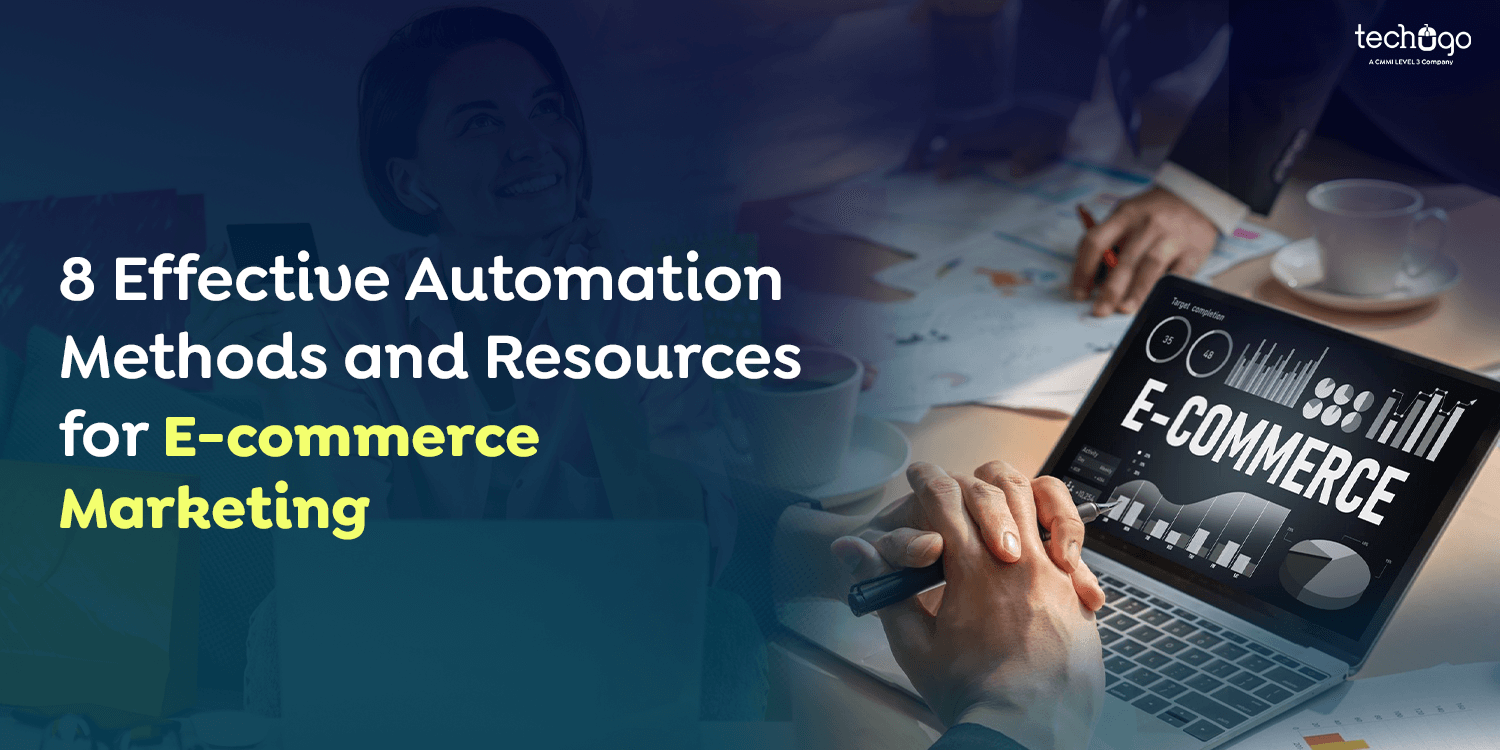Automated advancement stands as a fundamental element for modern businesses striving to streamline operations, enhance consumer interaction, and boost profitability in the online domain. Amidst intricate marketing landscapes and rising consumer demands for tailored interactions, automation has surfaced as a formidable companion for online retail labels. Within this comprehensive manual, we’ll investigate eight proven eCommerce marketing automation tactics, backed by tangible examples, and examine six premium automation solutions presently available. Through harnessing the benefits of marketing automation and deploying suitable tactics and instruments, online retail ventures can magnify their marketing efforts, elevate conversion rates, and foster enduring expansion.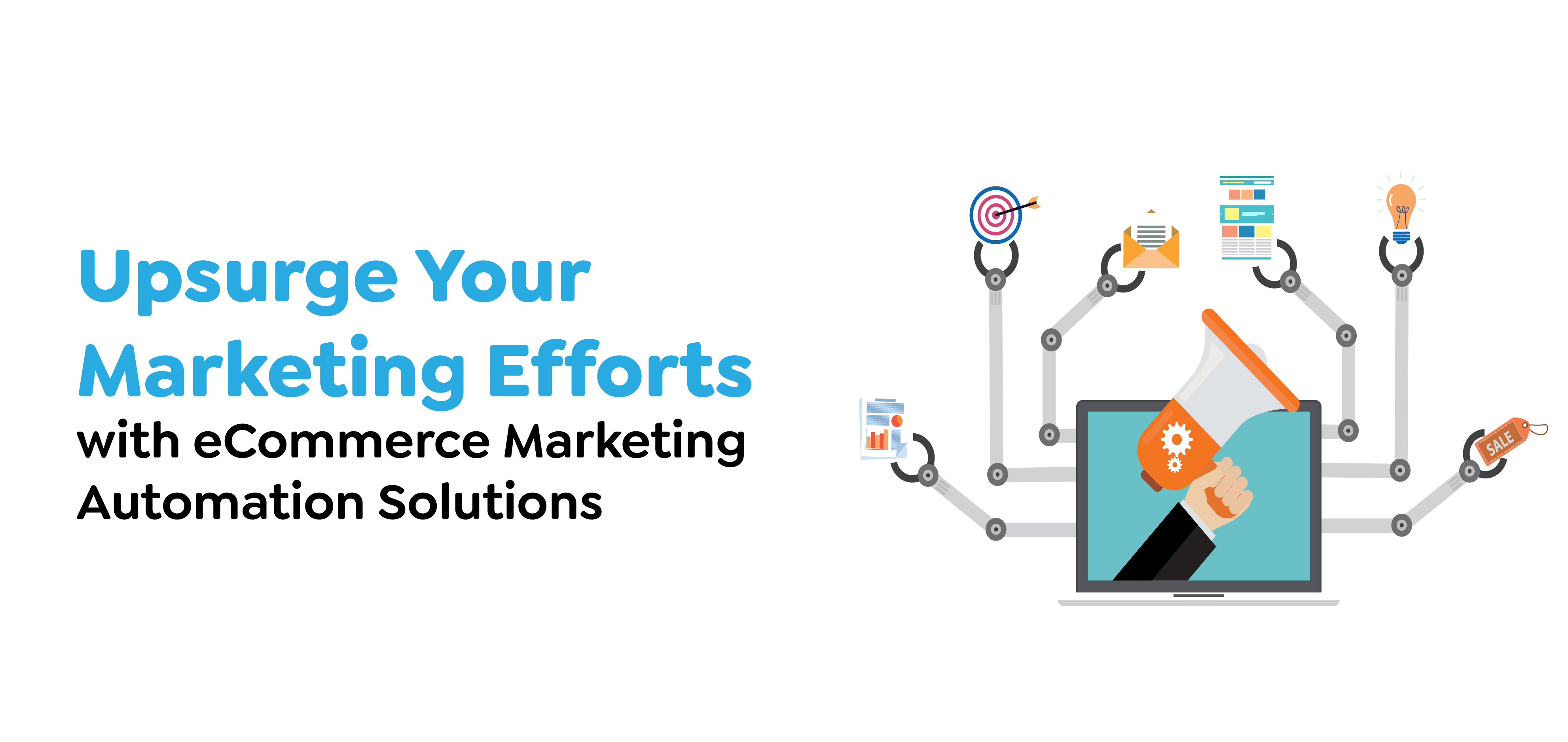
The Benefits of eCommerce Marketing Automation
Prior to delving into particular strategies and instruments, it’s crucial to grasp the overarching advantages of eCommerce marketing automation. Through automating different facets of their promotional endeavors, enterprises can access myriad pivotal benefits.
- Save Time and Resources: Enterprises can streamline recurring tasks through automation, liberating time and resources that can be assigned to more strategic initiatives. Marketing teams can focus on impactful activities such as strategic planning, brainstorming innovative ideas, and enhancing campaigns by automating manual processes.
- Reduce Errors and Improve Accuracy: Human error can occur in manual operations, such as errors, inconsistencies, and omissions. Because marketing automation ensures consistency, standardizes operations, and does away with manual data entry, it lowers the possibility of errors. This lowers the possibility of expensive errors and improves campaign execution precision.
- Enhance Personalization and Relevance: Automation enables businesses to send their customers individualized, contextually relevant messages on a variety of platforms. Marketers can tailor their messages to individual preferences, interests, and purchasing histories by using customer data and behavioral insights. This increases engagement and boosts conversions.
- Maximize Marketing ROI: Businesses can enhance their marketing initiatives and increase campaign ROI by implementing automation. Automation helps enhance average order value (AOV), lower customer acquisition costs (CAC), and increase conversion rates by delivering tailored messages to the correct audience at the right time. This eventually increases revenue and profitability.
- Achieve Cross-Channel Consistency: In today’s omnichannel terrain, patrons interact with brands across numerous touchpoints, encompassing websites, mobile applications, social media, email, and more. Advertising mechanization empowers enterprises to preserve a consistent brand encounter across these platforms, guaranteeing smooth communication and nurturing patron loyalty and trust.
Through utilizing the potential of marketing automation, online retail enterprises can streamline their processes and enhance effectiveness, while also providing tailored interactions that connect with their clientele and stimulate sustained expansion.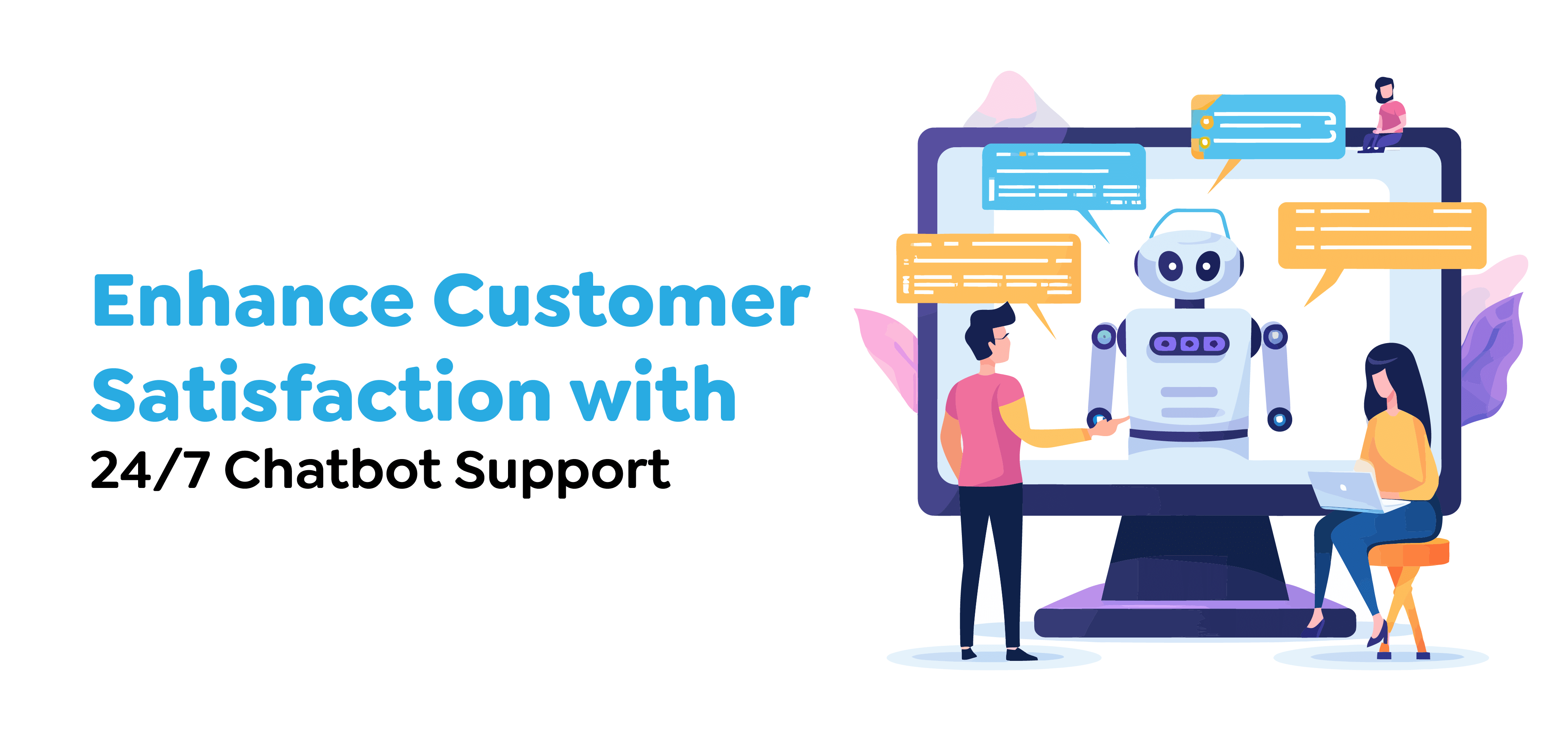
8 effective methods and tools for automating eCommerce marketing
Let’s now examine eight established automation tactics for eCommerce marketing automation, illustrated by actual instances showcasing their efficacy in yielding outcomes.
- Personalized Email Onboarding Journeys: Craft customized initiation sequences to steer fresh subscribers or clients through their initial interactions with your brand. Categorize users according to their preferences, actions, and demographics to provide focused messages that spur involvement and stimulate conversions. For instance, Remix employed a three-phase automated email sequence to introduce and nurture leads, resulting in a 104% surge in inaugural purchases versus the previous quarter.
- Cart Abandonment Reminders: Reclaim missed sales by dispatching automated alerts to users who abandoned their carts without finalizing a purchase. Employ channels like email, SMS, and web push notifications to remind users of their deserted items and motivate them to complete their transactions. Marks & Spencer achieved a 15.1% cart retrieval rate using web push notifications, surpassing the industry norm.
- Automated Price Drop and Inventory Alerts: Keep customers updated about price reductions and replenished items by sending automated ecommerce business notifications based on their preferences and buying history. Utilize AI-driven predictive segments to target the appropriate audience with timely notifications, fostering involvement and purchase intent. Insider’s platform facilitates personalized notifications to customers with a strong penchant for discounts, optimizing involvement and conversions.
- Social Media and Search Ad Remarketing: Re-engage users who engage with your brand on social media and search platforms with pertinent ads and deals. Harness predictive audiences and sophisticated targeting capabilities to deliver personalized messages that resonate with your audience, driving elevated conversion rates and ROI. Monster Notebook realized notable outcomes, including a 440% upsurge in conversion rates, employing this approach.
- Chatbot Automations: Employ AI-driven chatbots to deliver round-the-clock customer support and aid, fostering involvement and conversion on your website or mobile app. Execute chatbot automation techniques like time-limited discounts, shipping reminders, and product suggestions to enrich the user experience and boost sales.
- Implementing On-Site Customization: Improve website interaction by delivering tailored information, communication, and product suggestions according to specific user tastes and actions. Utilize artificial intelligence-driven customization systems to adapt website elements like banners, merchandise displays, and menu navigation, fostering higher rates of conversion and engagement.
- Customer Re-engagement and Churn Prevention Automations: Identify and re-engage inactive customers at risk of churning by dispatching targeted messages and offers tailored to their requirements and interests. Harness predictive segmentation and automated ecommerce business workflows to detect early signs of churn and actively involve customers with relevant incentives and deals. Pierre Cardin and HipVan effectively re-engaged inactive customers, yielding enhanced conversion rates and ROI.
- Automated Cross-Channel Customer Journeys: Coordinate seamless and personalized customer paths across various channels, encompassing email, SMS, web push, and social media, to deliver a uniform and unified brand experience. Utilize cross-channel automation platforms to craft dynamic and adaptable workflows that align with individual customer behaviors and preferences, driving involvement and loyalty. NA-KD experienced a 25% elevation in customer lifetime value (LTV) and a 72x ROI by dispensing personalized experiences across email, SMS, and web push channels.
Also Read : Techugo & Josh: Revolutionizing the Face of Social Media App Development
Implementing these established automation tactics, eCommerce enterprises can enhance their promotional endeavors, enhance client interaction, and stimulate enduring expansion within the contemporary competitive environment.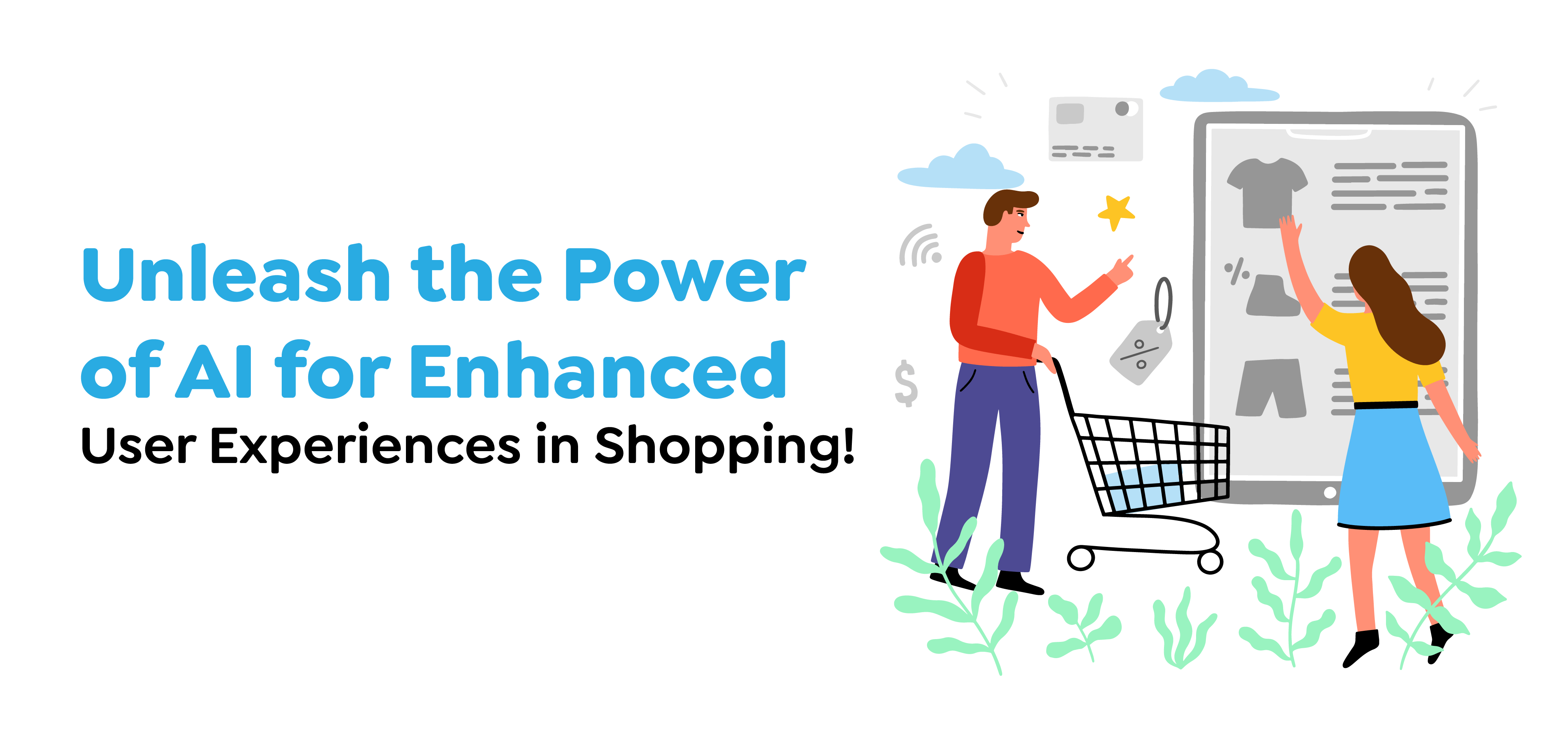
6 Best eCommerce Marketing Automation Tools
After examining the main tactics, let’s scrutinize six of the finest eCommerce marketing automation instruments presently accessible:
- Insider: Presents broad customization abilities over diverse platforms, streamlining marketing processes and facilitating cross-platform automation.
- Omnisend: Concentrates on electronic mail, text messaging, and internet push promotions, incorporating features for audience re-engagement and all-channel marketing automation.
Also Read : Online Pharmacy App Development Solution | Automation of Pharmacist Activities
- Klaviyo: Emphasizes electronic mail and text messaging marketing, offering sophisticated categorization and immediate client profiling capacities.
- Drip: Empowers programmed electronic mail promotions and on-location personalization to enrich user interactions and stimulate involvement.
- ActiveCampaign: Fuses electronic mail marketing with CRM and lead-scoring attributes for sales squads, providing a thorough solution for marketing and sales automation.
- Mailchimp: Recognized for its AI-driven text suggestions and consumer voyage constructor for electronic mail promotions, providing an intuitive stage for marketing automation.
Also Read : Saudi Arabia Ranks Top in Government Strategy for AI | What AI App Development Holds for the Future?
When picking an omnisend eCommerce marketing automation tool, examine elements like upheld platforms, primary applications, versatility, and consolidation abilities to assure it corresponds to your commercial requirements and aspirations.
Advanced Features of AI-Powered Ecommerce Apps
- Personalized Product Recommendations: Machine learning analyzes consumer behaviors and preferences to offer customized product suggestions, enhancing the shopping experience and increasing sales.
- Dynamic Pricing: AI-driven dynamic pricing alters development costs instantly based on factors like demand, rivalry, and consumer conduct, maximizing profits and competitiveness.
- Chatbots and Virtual Assistants: Smart chatbots and virtual aides deliver immediate customer assistance, address inquiries, resolve problems, and assist users in buying, elevating satisfaction and interaction.
Also Read : In-App Advertising; Ways To Capture Consumers’ Attention!
- Visual Search: Utilizing computer vision, visual search lets users upload pictures or utilize their gadget’s camera to find akin products, simplifying product exploration and enhancing user involvement.
- Predictive Analytics for Inventory Management: AI-powered predictive analytics anticipate demand, patterns, and inventory levels, empowering enterprises to refine inventory handling, diminish stock shortages, and curtail excess.
- Voice Commerce: Voice-enabled purchasing functions enable users to buy, add items to their basket, and make requests using vocal prompts, furnishing a hands-off and convenient shopping journey.
Also Read : Voice Search Technology: Significant Impact on Mobile App Development!
- Augmented Reality (AR) Try-On Experiences: Augmented reality technology empowers users to digitally sample items like attire, accessories, and makeup, enabling them to visualize appearances prior to buying, lessening returns and bolstering purchasing confidence.
- Social Commerce Integration: AI-enhanced social commerce elements harness social networking data and user conduct to suggest products, enable swift purchasing, and facilitate smooth shopping occurrences on social platforms, spurring transactions and interaction.
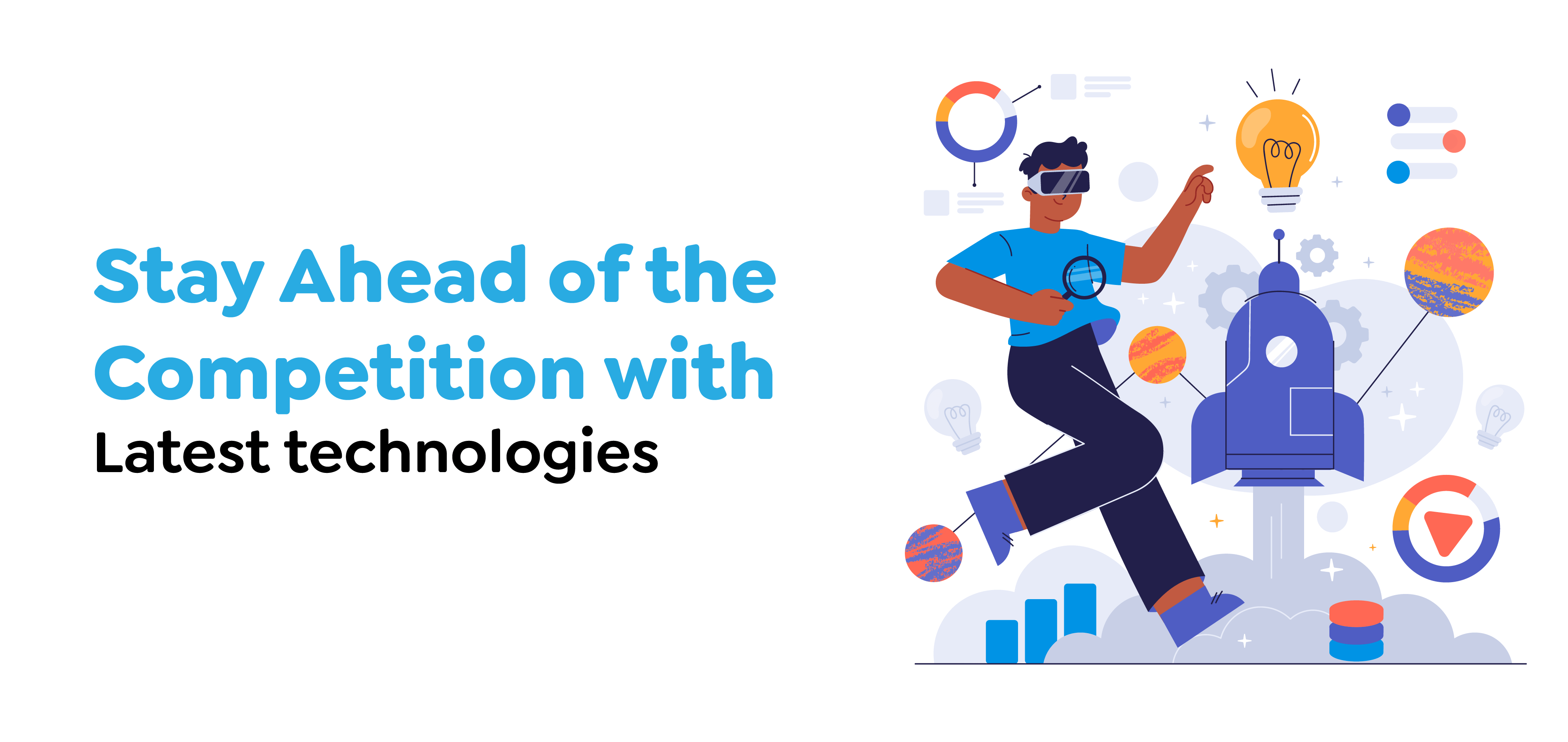
Here are some key cost-affecting factors to consider:
- Scope and Complexity: The range and intricacy of the online retailing application hold a notable position in ascertaining development expenses. A fundamental online retailing application with typical functionalities like item displays, shopping carts, and payment procedures will incur lower expenses compared to a more sophisticated application with AI-driven functionalities such as tailored product suggestions, automated conversational agents, and anticipatory statistics.
- AI Integration: The degree of artificial intelligence assimilation within the online retailing application will directly affect development expenditures. Employing AI protocols for tasks like merchandise recommendation systems, automated conversational agents, linguistic comprehension for customer assistance, and anticipatory statistics necessitates specialized proficiency and might trigger supplementary expenditures for procuring AI technologies or formulating tailored protocols.
Also Read : AR, VR & AI- Technologies Behind Transformation Of Restaurant Industry
- Data Infrastructure: Erecting an AI-centered online retailing application demands a resilient information infrastructure to gather, stockpile, and process extensive volumes of clientele data. Expenses linked with establishing and upholding databases, data repositories, and data conduits to back AI protocols ought to be incorporated into the overall development allocation.
- Customization and Personalization: AI-driven functionalities like personalized merchandise suggestions and adaptable pricing necessitate customization to synchronize with the company’s distinct objectives and clientele inclinations. Formulating and refining these protocols to dispense precise and pertinent suggestions can augment development expenses.
- User Experience Design: Crafting an instinctive and user-friendly interface for the online retailing application is indispensable for clientele involvement and loyalty. Allocating resources for user experience/user interface UX/UI design amenities to formulate a seamless shopping experience, optimize navigation, and boost operability may lead to supplementary expenses but can greatly influence clientele contentment and conversion proportions.
Also Read : Can Virtual Reality Affect Mobile App’s UI/UX?
- Integration with Third-Party Services: Interfacing the online retailing application with third-party amenities and application programming interfaces (APIs), such as payment portals, delivery services, and statistical platforms, might require additional development expenses. Guaranteeing effortless integration and compatibility with exterior systems is pivotal for the application’s functionality and efficiency.
- Testing and Quality Assurance: Comprehensive examination and quality assurance are vital to ensure the dependability, safeguarding, and efficiency of the online retailing application. Allocating resources for examination endeavors, including practical examination, efficiency examination, and safeguarding examination, aids in identifying and redressing any glitches or defects prior to the application’s commencement.
- Maintenance and Support: Post-launch maintenance and assistance are continuous expenditures that businesses must contemplate. Regular updates, glitch resolutions, and enhancements to the AI protocols and functionalities necessitate ongoing investment to guarantee the application remains competitive and persists in delivering value to clientele.
In general, constructing an ecommerce marketing automation application driven by artificial intelligence necessitates meticulous strategizing, financial allocation, and investment in technological proficiency and assets. By comprehending and tackling these expense-influencing elements, enterprises can adeptly strategize and implement their commerce application development endeavors, optimizing their AI technology investment returns.
Also Read : Unlocking Financial Prosperity: A Comprehensive Guide to Wealth Management Apps
Techugo is leading the way towards digital excellence
An eCommerce marketing automation is a revolutionary plan that enables enterprises to boost effectiveness, enrich consumer interactions, and stimulate expansion in the current digital setting. Through utilizing automated instruments and embracing data-centric methodologies, enterprises can simplify procedures, offer customized interactions, and remain in front of rivals. With the capacity to enlarge promotional endeavors, refine campaigns, and adjust to changing consumer inclinations, eCommerce marketing automation reveals fresh chances for triumph and empowers enterprises to establish sturdier, more lucrative connections with their clientele.
Furthermore, the cost of developing an ecommerce app development company in UK requires careful planning, wise decision-making, and technological expertise. Understanding the factors influencing costs, incorporating essential and innovative features, implementing effective revenue-generation strategies, and leveraging the expertise of a reliable ecommerce app development company in UK like Techugo can lead to the creation of a successful ecommerce application. Such an app can offer timely, relevant, and engaging content to users, thereby enhancing user engagement, loyalty, and financial growth.
Reach out to our professionals to discover how Techugo can support the prosperity of your business through innovative app development.
Get in touch with our team of experts today to start the discussion.
Post Views: 1,841

